How bass amps have evolved over the past 30 years
We examine the giant leaps in amplification technology via a few of the amps we've known and loved over the decades...
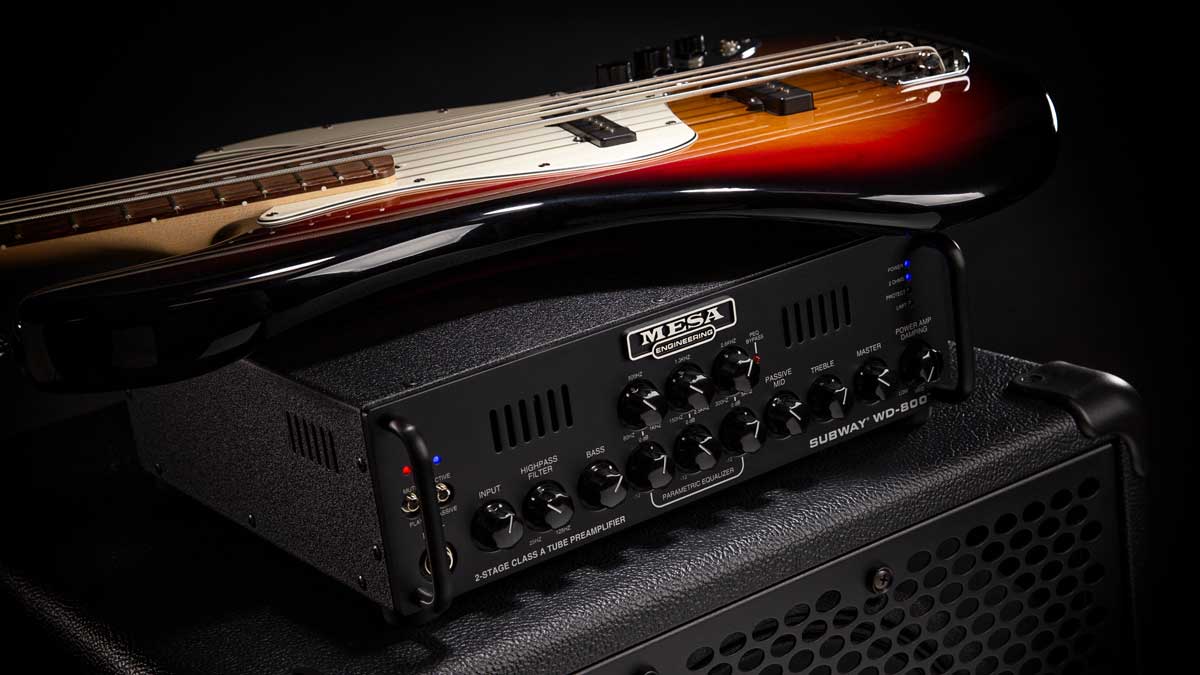
As much as the playability of your instrument can make or break a performance, so too can your tone. Whether on stage or in the studio, it can be hard to enjoy playing if your tone is fighting you – so it’s as important to have reliable, great-sounding amplification as it is to have a playable instrument.
The greatest leap bass amps ever took in their evolutionary journey was the transition from tube to solid state
Luckily for us, bass amp manufacturers have been striving to quantify the essence of a fundamentally good bass tone for more than 60 years.
From the OGs of bass amplification like Acoustic, Ampeg, Fender, and Orange, to a new wave of high-end boutique manufacturers such as Aguilar, Darkglass, Markbass, and Phil Jones, bass amp manufacturers have made significant design and technological achievements in the last 30 years.
Here’s a look at some of the most revered bass amps to hit the market since 1990...
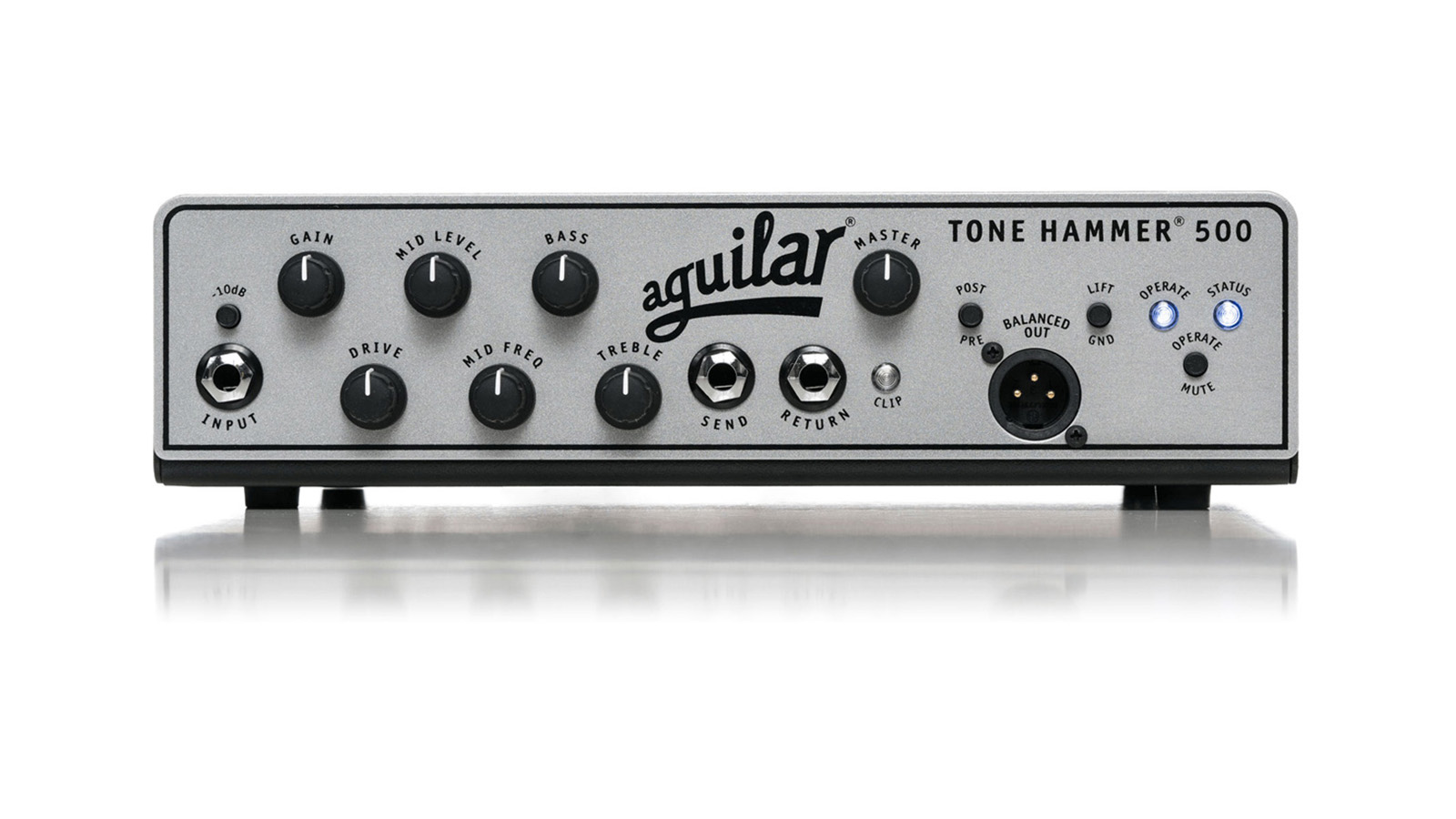
The greatest leap bass amps ever took in their evolutionary journey was the transition from tube to solid state – and while that began in the 70s, the proliferation of bass amps that were subsequently released in the 80s and 90s is the direct result of that earlier innovation.

Ampeg, for example, a leader in the bass amp market since the 60s, unleashed the SVT-3 PRO, combining the classic tone of the original SVT, with a tighter, punchier sound, favored at the time by players like Jason Newsted and Les Claypool.
The Gallien-Krueger 1001RB was tonally more versatile than its predecessor, the classic 800RB, which was used to great effect by the likes of Flea and Duff McKagan. The Eden WT800 was the company’s flagship amp for two decades, while the SWR SM-900, a 900W powerhouse, became an instant classic when it was released in 1991.
Get The Pick Newsletter
All the latest guitar news, interviews, lessons, reviews, deals and more, direct to your inbox!
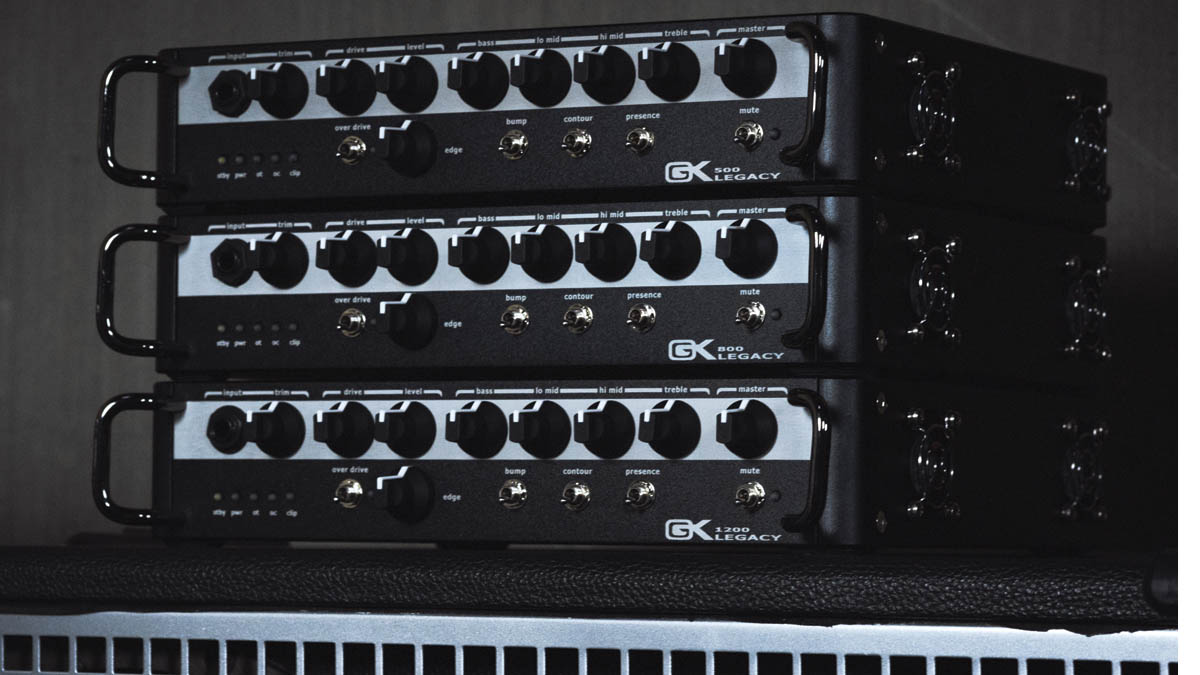
And then of course, there’s Hartke, predominantly known for their aluminium-coned speaker cabinets, although their HA3500 with graphic EQ and selectable tube and solid-state preamps was a game-changer in the 90s.
Taking somewhat of a cue from the aforementioned manufacturers, but forging ahead with even greater emphasis on high fidelity, amps such as the Aguilar DB680 were at the forefront of this upscale movement, as was the lightweight Phil Jones Bass M-500, billed as a ‘hi-fi amplifier’ for discerning audiophiles.
Companies such as Fender, Marshall, Mesa/Boogie, and Orange, who already had long histories by the '90s, reinvented themselves by offering a variety of updated models, including the Mesa/Boogie Subway TT-800, a lightweight update of the iconic Bass 400+, and the Orange AD200B MKIII, a pure valve amp featuring the brand’s legendary gain structure.
The dual channel EBS Fafner II has become a favorite for studio engineers worldwide, while no end of TC Electronic amps – with their Toneprint tones designed by famous bassists – have impressed over the years. While not as ubiquitous as their signature bass counterparts, signature model amps do pop up from time to time.
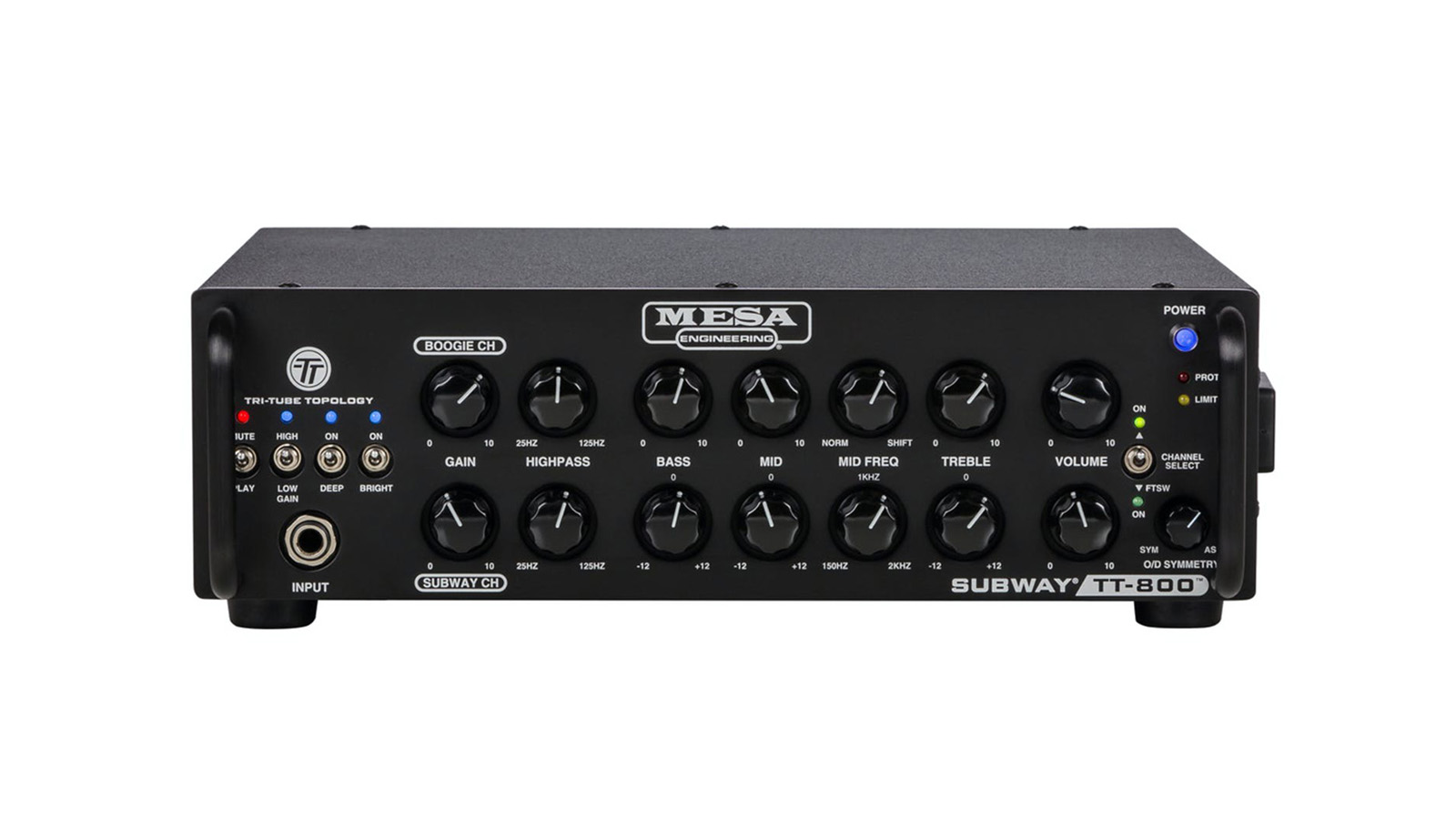
Recently, on Black Sabbath’s The End tour, Geezer Butler got down with the Ashdown Head Of Doom, while former Van Halen bassist Michael Anthony lent his name and insight to the Peavey VBMA 300W amp. Meanwhile, in perhaps the ultimate nod to Dug Pinnick’s epic, generation-defining tone on King’s X’s Dogman, we got the Tech21 dUg Ultra Bass 1000.
Perhaps the most significant technological and aesthetic advancement in bass amplification of the last two decades has been the gradual move towards more lightweight and portable options, using Class D technology.
Darkglass upped its hugely popular pedal game with the Microtubes 500 head, and new entries to the market from many others continue to push the amplification envelope
A primary purveyor of the lightweight bass amp phenomena was the 6.4-pound, 500-watt Markbass Little Mark III. The Italian company now makes a slew of lightweight products favored by players such as Jeff Berlin, Marcus Miller, and Antonella Mazza.
Then there’s the Trace Elliot ELF, a 200-watt, 4-ohm head that weighs just 1.6 pounds and is literally small enough to fit in your back pocket.
Pat Quilter of QSC power amplifiers fame joined the fray with the 4-pound Quilter Bass Block 800, and the Warwick LWA-500 is the famed German manufacturer’s entrant into the market.
Most recently, Darkglass upped its hugely popular pedal game with the Microtubes 500 head, and new entries to the market from many others continue to push the amplification envelope.
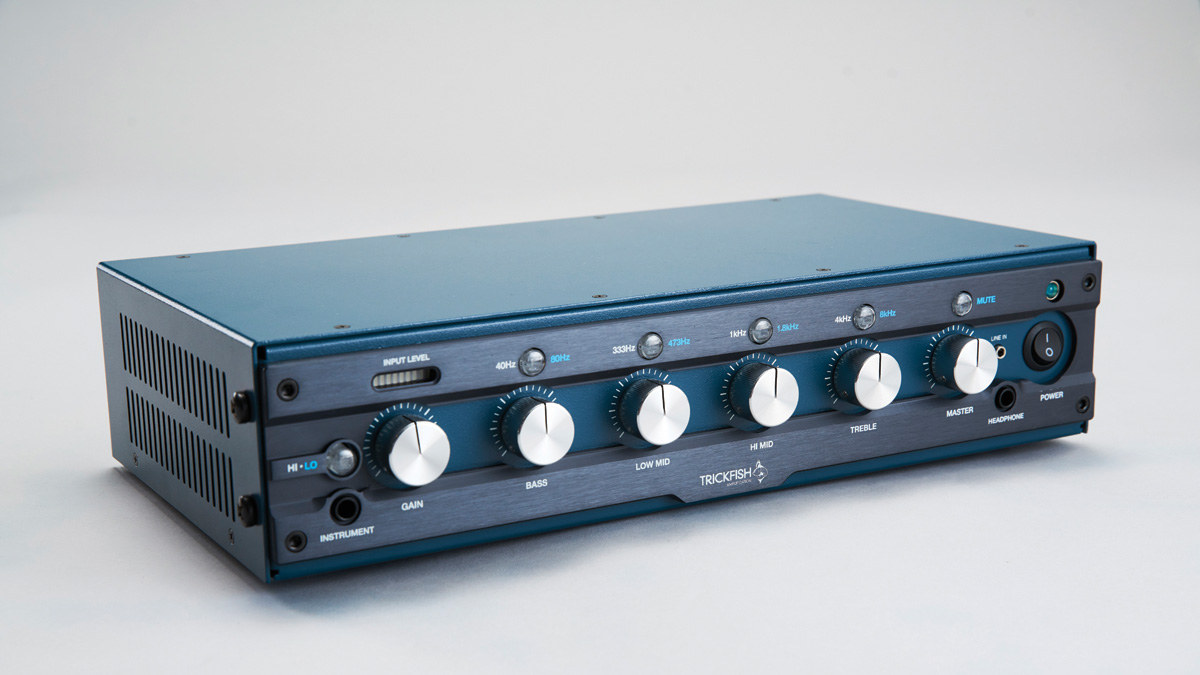
Other amps that warrant mentioning in the context of this conversation include the Trickfish Bullhead, featuring a Mike Pope-designed low-noise preamp; the Blackstar Fly 3 Bass mini amp; the Laney Nexus-SL and Nexus-SLS; the elegant Eich T-1000; and the Bergantino B|AMP – a DSP-embedded, system controlled bass amp.
Then there’s the Vanderkley Spartan, which features the ability to take a 4-ohm load on each output; Glockenklang and Epifani, both of whom have been purveyors of high fidelity bass amps for decades; the GR Bass Dual 1400, a 1400W powerhouse; the Genzler Magellan 350 and 800, both wondrous explorations of tone; Accugroove’s and Barefaced’s high-end speaker cabs; and another OG, the Fender Bassman, recently reimagined and released as the Bassman 500 and 800 respectively, adding to that company’s rich history.
So, whether you chose an OG, a trailblazer, a signature amp, something small and lightweight, or one we failed to mention (apologies!), one thing is clear – there’s likely never been a better time to explore bass amplification.
“Our goal is to stay at the forefront of amplification innovation”: How Seymour Duncan set out to create the ultimate bass amp solution by pushing its PowerStage lineup to greater heights
“It’s a game-changer for me”: Laney and Nathan East team up for a versatile signature bass head that ends a 40-year wait for the session legend










